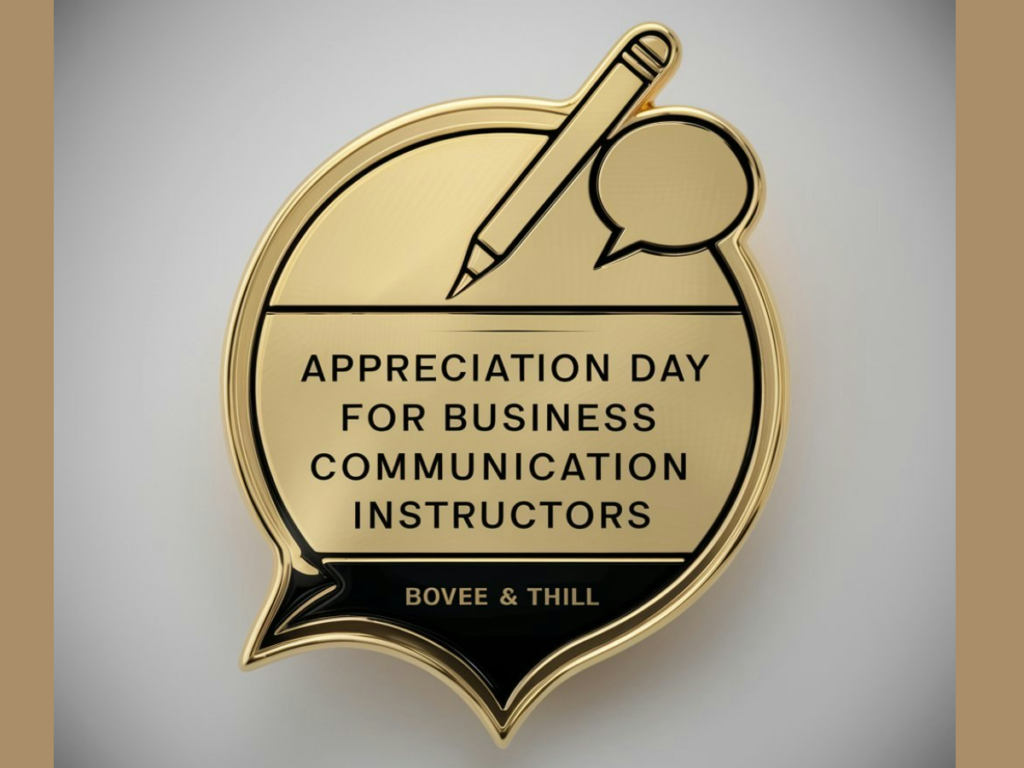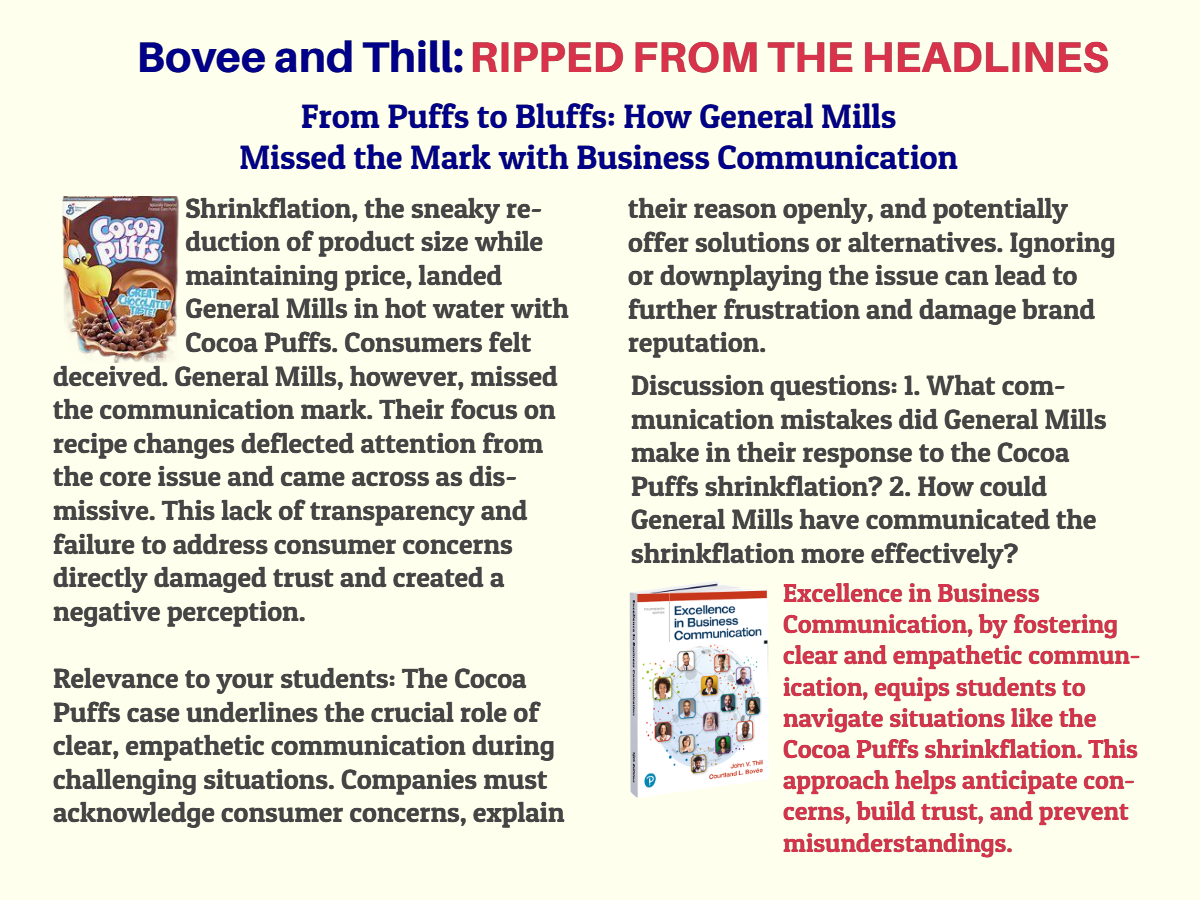 Note: To make this article more convenient for classroom use, it includes discussion questions and answers at the end.
Note: To make this article more convenient for classroom use, it includes discussion questions and answers at the end.
The digital revolution has undoubtedly revolutionized the way we communicate. However, the abundance of communication tools, from email to social media, has also created a space where genuine human connection can be lost in the digital noise. This has led to a growing trend in empathy-driven communication, where businesses prioritize fostering genuine connection and understanding with their audiences.
This shift is driven by several factors. Firstly, consumers are increasingly seeking authenticity and transparency from the brands they engage with. A 2023 study by Edelman found that 86% of global consumers expect businesses to act with purpose and stand up for what they believe in, highlighting the growing demand for brands to connect with their audience on a deeper level. Additionally, the rise of social media has empowered consumers to voice their opinions and hold businesses accountable, making it essential for companies to prioritize building trust and understanding with their customers.
Empathy-driven communication manifests in various ways:
Personalization at scale: Businesses are leveraging the power of data analytics and artificial intelligence (AI) to personalize communication to individual needs and preferences. This goes beyond just using customer names; it involves understanding the emotions and motivations behind someone's interaction with the brand. For instance, retailers might use AI to recommend products based on past purchases and browsing behavior, while customer service chatbots can be programmed to identify emotional cues and tailor their responses accordingly.
Human-centric content: Gone are the days of dry, corporate jargon. Businesses are increasingly creating content that resonates on an emotional level, using storytelling, humor, and vulnerability to connect with their audience. This shift is evident in marketing campaigns and social media content, which often utilize personal stories, user-generated content, and authentic voices to engage viewers.
Active listening and responsiveness: Businesses are recognizing the importance of active listening and engaging in two-way communication. This involves employing social listening tools to understand the conversations happening online around their brand and actively seeking feedback from customers and employees. For example, a company might use social listening platforms to monitor customer sentiment and address any concerns promptly, demonstrating responsiveness and a willingness to engage with their audience.
Focus on mental health and well-being: Recognizing the impact of the digital world on mental well-being, businesses are adopting a more compassionate and understanding tone in their communication. This manifests in practices such as encouraging breaks from technology, promoting healthy online interactions, and offering resources to support mental health within their communities. For instance, an airline company might include tips on combatting travel anxiety in their pre-flight emails, demonstrating their understanding of the potential anxieties associated with travel.
Why is empathy-driven communication important?
In a world saturated with information and competing for attention, people crave genuine connection. Empathy-driven communication allows businesses to:
Build stronger relationships: By demonstrating empathy, businesses foster trust and loyalty with their customers, employees, and other stakeholders. This can lead to increased customer satisfaction, employee engagement, and brand advocacy.
Enhance brand reputation: When businesses show they care about their audience and go beyond transactional interactions, they create a positive brand image and differentiate themselves from competitors. This can attract new customers, investors, and talent.
Improve employee engagement: By fostering a culture of empathy and understanding, businesses can create a more positive and productive work environment. Studies have shown that employees who feel valued and understood by their employers are more engaged, productive, and loyal.
Looking ahead:
As technology continues to evolve, we can expect empathy-driven communication to become even more crucial. Businesses that prioritize genuine human connection, leverage new technologies ethically, and demonstrate genuine care for their stakeholders will be well-positioned to thrive in the ever-changing landscape of business communication.
Discussion Questions and Answers:
1. How can businesses find the right balance between personalization and respecting user privacy when implementing empathy-driven communication strategies?
Answer: Striking a balance between personalization and privacy requires careful consideration. Businesses can utilize data and AI responsibly by:
Being transparent about data collection and usage: Clearly communicate what data is collected, how it is used, and provide options for users to control their data privacy.
Focusing on first-party data: Leverage data collected directly from users with their consent, rather than relying solely on third-party sources.
Using data for targeted content, not intrusive marketing: Personalize content based on user preferences, but avoid overly targeted advertising that feels intrusive.
2. While empathy-driven communication offers many benefits, are there potential drawbacks or challenges businesses need to be aware of when implementing it?
Answer: While beneficial, empathy-driven communication has potential drawbacks:
Increased vulnerability: Businesses may face criticism or backlash if their attempts at empathy are perceived as inauthentic or disingenuous.
Emotional labor for employees: Implementing empathy-driven communication can place additional emotional demands on employees, who need support and resources to manage these interactions effectively.
Maintaining consistency across various communication channels: Businesses need to ensure their empathetic approach is consistent across all communication channels, from marketing to customer service.
3. How can businesses leverage emerging technologies like AI and machine learning to enhance empathy-driven communication, while also ensuring responsible and ethical usage?
Answer: Businesses can leverage technology by:
Using AI to understand audience sentiment: Analyze social media conversations and customer feedback to identify emotional trends and adjust communication accordingly.
Developing AI chatbots capable of empathetic responses: Train chatbots to recognize and respond to emotional cues, offering a more human-like experience.
Prioritizing ethical development and transparent use of AI: Ensure AI is developed and used responsibly, avoiding any biases or discriminatory practices.
These are just a few examples, and the discussion can be further expanded upon by considering specific scenarios, industry dynamics, and ethical considerations involved in implementing empathy-driven communication strategies.
 Excellence in Business Communication
Excellence in Business Communication
Excellence in Business Communication emphasizes empathy as a critical skill for effective communication. Here are some ways teaches students about empathy:
Definition and Importance: The textbook starts by defining empathy and explaining its significance in business communication. It discussis how empathy helps in understanding others' perspectives, building trust, and fostering positive relationships in the workplace.
Case Studies and Examples: To illustrate the concept of empathy, the textbook provides case studies and real-life examples of situations where empathy played a crucial role in resolving conflicts, negotiating deals, or providing excellent customer service.
Role-Playing Exercises: Engaging in role-playing exercises can help students develop empathy by putting themselves in different scenarios and practicing active listening and understanding others' emotions and viewpoints.
Communication Techniques: The textbook offers specific communication techniques for demonstrating empathy, such as paraphrasing, asking open-ended questions, and using nonverbal cues like nodding and maintaining eye contact.
Cross-Cultural Communication: Understanding cultural differences is essential for demonstrating empathy in a diverse business environment. The textbook includes chapters or sections on cross-cultural communication, teaching students to be sensitive to cultural nuances and differences in communication styles.
Ethical Considerations: Empathy is closely tied to ethics in business communication. The textbook discusses ethical considerations related to empathy, such as respecting others' privacy, avoiding manipulation, and maintaining honesty and integrity in interactions.
Feedback and Reflection: Providing feedback on students' communication skills and encouraging reflection on their experiences can help reinforce the importance of empathy and identify areas for improvement.
Overall, Excellence in Business Communication takes a practical approach to teaching empathy, combining theoretical concepts with real-world examples and interactive exercises to help students develop this crucial skill.








